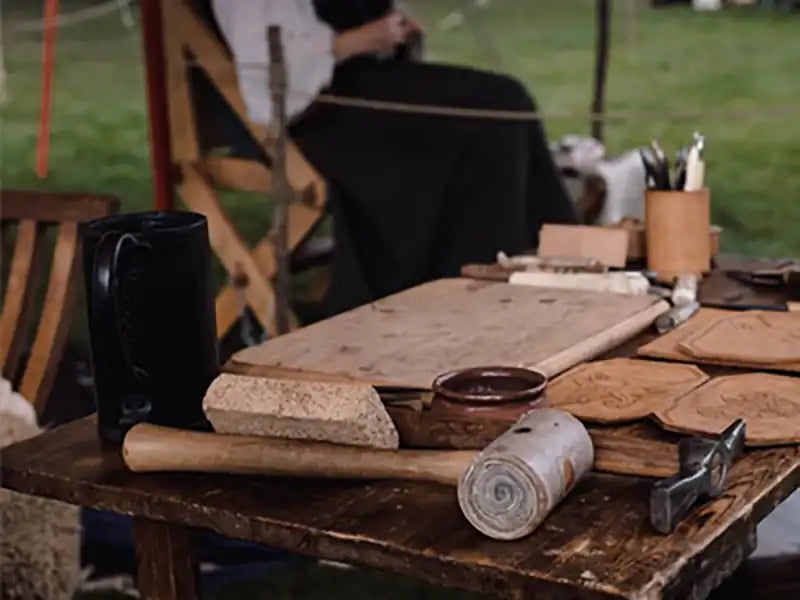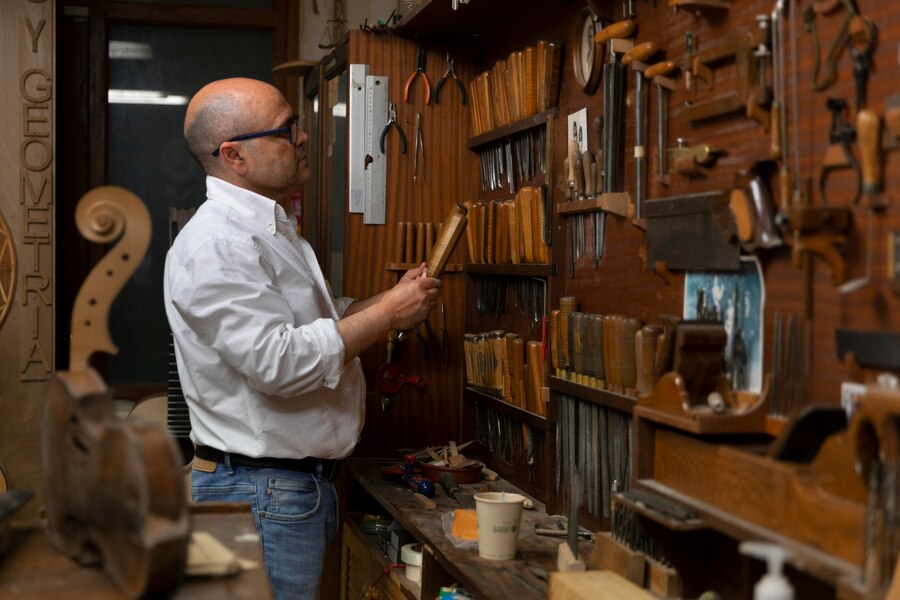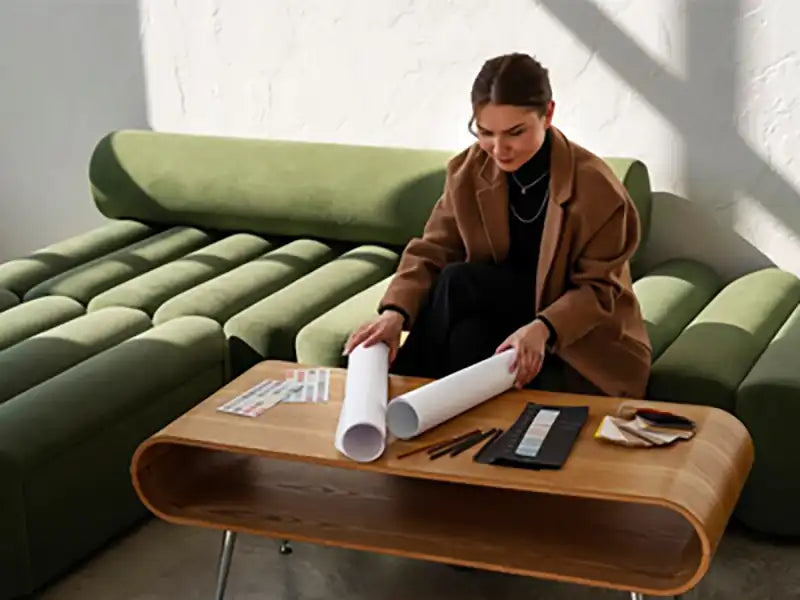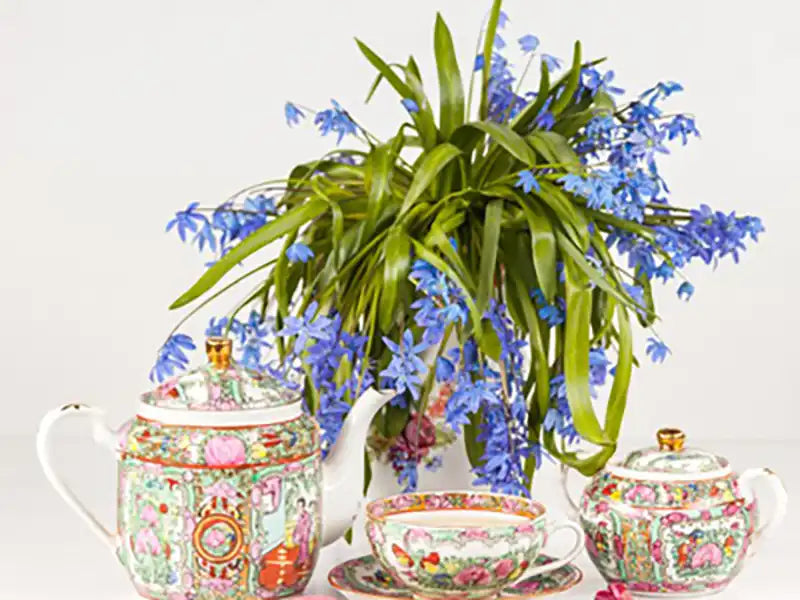Minimalism in furniture and design celebrates simplicity, functionality, and clean lines. It emphasizes the notion that less is more, creating spaces that exude tranquility, elegance, and a sense of calm.
In this article, we explore the captivating world of minimal furniture and design, highlighting its unique characteristics, benefits, and how it fosters an atmosphere of serenity and sophistication.
The Essence of Minimal Furniture
Clean Lines and Geometric Shapes: Minimal furniture is characterized by clean, straight lines and geometric shapes. It embraces simplicity in its design, often featuring sleek, uncluttered forms that are visually appealing. The absence of ornate details allows the beauty of the materials and the craftsmanship to take center stage.
Functionality and Practicality:
Minimal furniture prioritizes functionality and practicality. Each piece serves a specific purpose while maintaining a minimalist aesthetic. By focusing on essential features and eliminating unnecessary embellishments, minimal furniture ensures that every element has a purpose and contributes to the overall functionality of the space.
Quality Materials and Craftsmanship:
Minimal furniture places great emphasis on the quality of materials and craftsmanship. Natural materials like wood, leather, and metals are commonly used, showcasing their inherent beauty and durability. Minimal design highlights the importance of well-crafted pieces that are built to last, reflecting a sense of timeless elegance.
Benefits of Minimal Design
Calming and Serene Atmosphere: Minimal design creates a serene and calming atmosphere. With its clean lines and uncluttered spaces, it promotes a sense of tranquility and allows room for the mind to rest and rejuvenate. Minimalist interiors provide a visual respite from the chaos of everyday life, fostering a peaceful and harmonious environment.
Enhanced Focus and Clarity:
Minimal design helps in eliminating distractions, allowing individuals to focus on what truly matters. By removing excess ornamentation and unnecessary elements, it brings clarity and encourages a more mindful approach to living. Minimalist spaces provide a canvas for essential activities, fostering a sense of focus and concentration.
Versatility and Adaptability:
Minimal design offers versatility and adaptability in various settings. Its timeless aesthetic seamlessly blends with different architectural styles and can be easily incorporated into existing décor. Whether it's a modern apartment, a traditional home, or an office space, minimal design transcends trends and creates a cohesive and visually appealing environment.
Embracing Minimalism in Different Spaces
Minimalist Living Rooms:
Minimalist living rooms are characterized by uncluttered spaces, sleek furniture, and a focus on functionality. Neutral color palettes, ample natural light, and carefully curated décor elements create a sense of openness and serenity. Minimalist living rooms are inviting spaces for relaxation and mindful conversations.
Minimalist Bedrooms:
Minimalist bedrooms are designed to promote restful sleep and relaxation. Clean lines, uncluttered surfaces, and a limited color palette create a serene and tranquil ambiance. Minimalist bedrooms often feature comfortable and streamlined furniture, allowing the mind to unwind and embrace simplicity.
Minimalist Workspaces:
Minimalist workspaces promote productivity and clarity of thought. These spaces are organized and free from unnecessary distractions, enabling individuals to focus on their tasks. Simple desks, ergonomic chairs, and efficient storage solutions ensure a clean and uncluttered workspace, fostering a sense of productivity and creativity.
The Origins of Minimal Furniture and the Philosophy of Minimalism
Minimalism has become a powerful design movement that has influenced various aspects of our lives, from interior design to lifestyle choices. In this blog, we delve into the origins of minimal furniture and the philosophy of minimalism, exploring its roots, principles, and how it has evolved into a profound and influential movement. See examples of minimal furniture for living room in our custom furniture pieces.
The Roots of Minimal Furniture
The Bauhaus Movement: The seeds of minimal furniture can be traced back to the Bauhaus movement, which emerged in Germany in the early 20th century. The Bauhaus school advocated for the integration of art, craft, and technology, and its focus on functionality and simplicity laid the foundation for minimal design. Bauhaus designers such as Ludwig Mies van der Rohe and Marcel Breuer championed clean lines, geometric forms, and the use of new materials in furniture design.
Japanese Influence:
Minimalism found inspiration in Japanese aesthetics, particularly in the concept of "ma" or emptiness. The Japanese embrace simplicity, creating serene and uncluttered spaces that allow for contemplation and tranquility. Traditional Japanese architecture and design principles, such as the use of natural materials, clean lines, and a focus on negative space, heavily influenced the development of minimal furniture.
The Philosophy of Minimalism
Simplicity and Essentialism:
At its core, minimalism is a philosophy that encourages a deliberate focus on what is essential, stripping away excess to reveal the true essence of objects, spaces, and life itself. Minimalism challenges the consumerist culture that values accumulation and excess, advocating for a more intentional and mindful approach to living.
Quality over Quantity:
Minimalism emphasizes the importance of quality over quantity. Rather than filling our spaces with numerous possessions, minimalists seek out well-crafted, enduring pieces that serve a purpose. This mindset extends beyond furniture to encompass all aspects of life, promoting a sense of value, sustainability, and a reduced environmental footprint.
Decluttering and Liberation:
A significant aspect of minimalism is decluttering. By removing unnecessary possessions and distractions, minimalism frees us from the burden of excess and allows us to focus on what truly matters. This process of decluttering is not limited to physical belongings but also extends to mental and emotional clutter, promoting a sense of clarity and inner peace.
The Evolution of Minimalism
Minimalism in Architecture:
Minimalism expanded beyond furniture design to influence architectural practices. Architects like Tadao Ando, John Pawson, and Alvaro Siza embraced minimalism, creating spaces that prioritize simplicity, natural light, and the integration of indoor and outdoor environments. Minimalist architecture celebrates openness, functionality, and the harmony between form and function.
Minimalism in Lifestyle:
Minimalism has transcended design and become a lifestyle choice for many. People are embracing minimalist principles in their daily lives, focusing on experiences, meaningful relationships, and personal growth rather than material possessions. Minimalism encourages intentional living, promoting a sense of contentment and fulfillment derived from non-material sources.
Minimal custom furniture and minimalism as a philosophy have deep-rooted origins and have evolved into a powerful movement. Drawing inspiration from the Bauhaus movement and Japanese aesthetics, minimalism champions simplicity, functionality, and intentional living. By embracing minimalism, we can create harmonious spaces, reduce clutter, and cultivate a more meaningful and fulfilling way of life.






